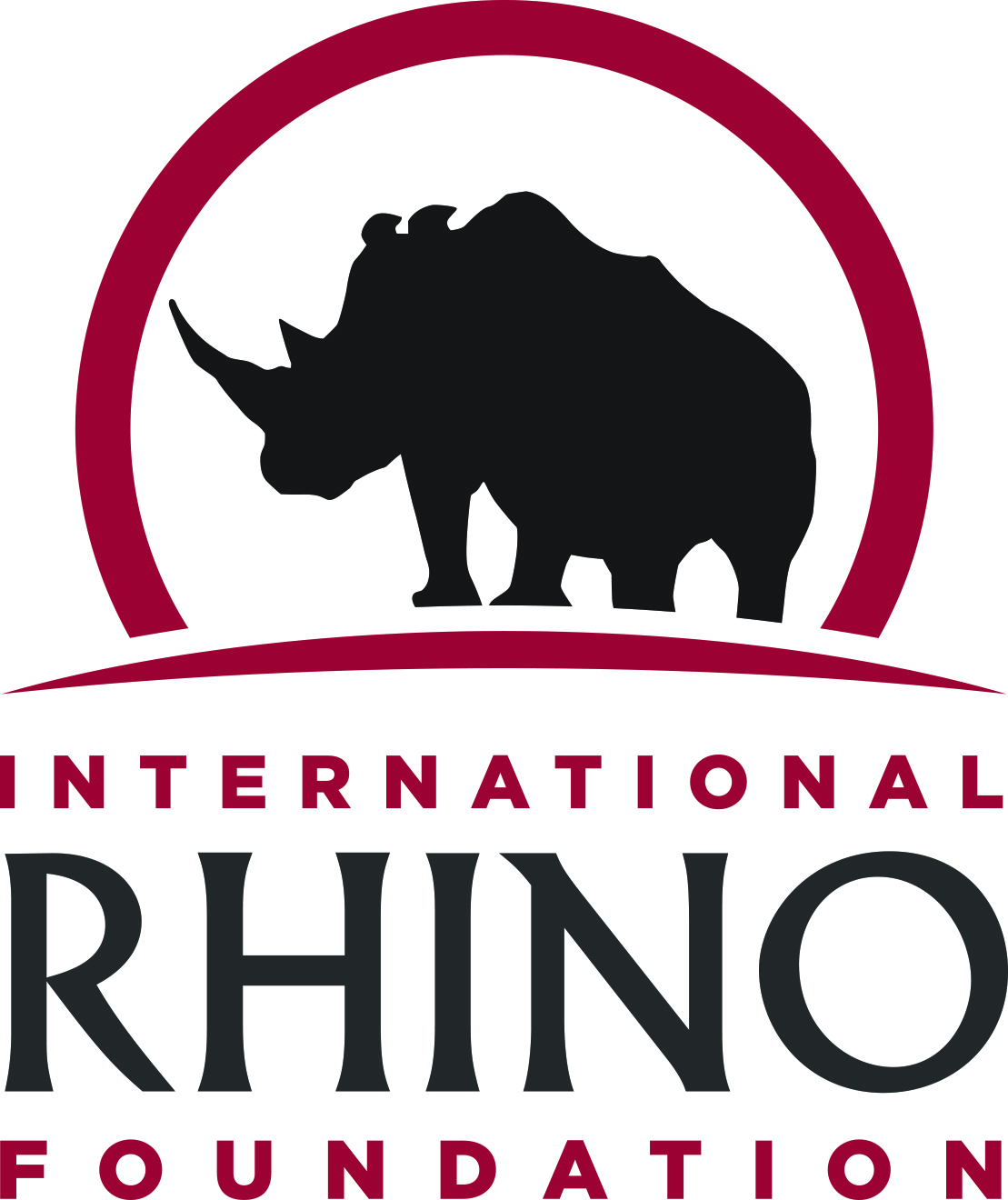Regarding Sudan, the last Male Northern White Rhino
STATEMENT FROM DR. SUSIE ELLIS
Executive Director, International Rhino Foundation
 Regarding Sudan, the last Male Northern White Rhino
Regarding Sudan, the last Male Northern White Rhino
“The International Rhino Foundation offers our deepest condolences to the Ol Pejeta team on the loss of this important animal”, says Susie Ellis, Executive Director of the International Rhino Foundation. “Systematic poaching is decimating the world’s rhino populations at rates approaching the 20-year high that led to the demise of the wild northern white rhino in the first place. We must never forget the tragic lessons that led to the slow demise, and will lead to the eventual loss, of this subspecies. The situation faced by the northern white rhino must never be repeated.”
Sudan, a 45-year-old male northern white rhino was euthanized yesterday at Ol Pejeta Conservancy in Kenya following a long illness. According to Ol Pejeta sources, Sudan developed an age-related infection on his right hind leg last year. It was assessed and treated, and he was able to resume normal movement in January. However, a secondary infection developed beneath the initial one, and did not respond well to treatment. The animal was euthanized yesterday after he was unable to stand, according to the Conservancy. Two non-reproductive northern white rhino females remain at the Conservancy, Fatu and Najin.
A Once Wide-Ranging Population Dwindled to a Handful in Less than a Decade
The northern white rhino, a subspecies of white rhino, formerly ranged over parts of north-western Uganda, southern Chad, south-western Sudan, the eastern part of Central African Republic, and north-eastern Democratic Republic of the Congo (DRC). Devastated by poaching, only about 30 animals remained in DRC’s Garamba National Park by 1995. Garamba suffered from repeated incursions first from the janjaweed militia, and later from the Lord’s Resistance Army. Manageable, containable subsistence poaching in the Park for bushmeat was replaced by full-scale poaching for rhino horn and elephant ivory. In 2005, a planned emergency translocation of five northern white rhino from Garamba National Park to a sanctuary in Kenya became ensnared by political and local and national divisions and subsequently was cancelled. The only signs of possibly four northern white rhinos were seen in August 2005, but the likelihood of any animals remaining now is improbable. In 2008, some of the world’s best rhino trackers were unable to confirm the existence of northern white rhinos in the Park. Now with the loss of Sudan, only two northern white rhinos are known to remain.
The International Rhino Foundation’s Efforts
The IRF began an intensive northern white rhino conservation program in 1995, investing several million dollars in an attempt to save the subspecies. The political situation in the country continued to become more volatile, however, and after intensive engagement in Garamba National Park for more than a decade, the deteriorating and dangerous security situation made it unsafe for our staff to continue working there and we made the difficult decision to close our program in 2005.
Last-ditch Breeding Efforts Failed
At that time, eight northern white rhinos remained in two zoos: two at the San Diego Zoo’s Safari Park, and six at ZOO Dvůr Králové in the Czech Republic. Examination of all of the ZOO Dvůr Králové females (including the youngest one born in 2000) by Leibniz Institute for Zoo and Wildlife Research (IZW Berlin) specialists revealed varying degrees of serious reproductive tract pathologies. Zoo experience with rhinos suggests that the longer a female goes without breeding, the more likely she is to develop reproductive problems. IZW Berlin experts attempted artificial insemination with the northern white rhinos in ZOO Dvůr Králové, but no pregnancies resulted.
In 2008, four animals (two males, two females) were moved from ZOO Dvůr Králové in the Czech Republic to Kenya, where some rhino experts believed that a change in environment might help them to overcome reproductive problems. The focus in Ol Pejeta also was to breed the northern white rhino males with southern white rhinoceros females. Even if it had been feasible to overcome the major reproductive hurdles faced by the subspecies, back-crossing northern white rhino stock with southern white rhinos would a northern white rhino. The best hope today is to rescue some of the critical genes that allowed the northern white rhino to adapt to ecosystems in its historic range, and to store them for future use when scientific advances might make it possible to re-create the subspecies.

One thought on “Regarding Sudan, the last Male Northern White Rhino”
It is with great sadness that I note the passing of Sudan. I hope his spirit lives on to help his cousins walk a different path.
Peace.